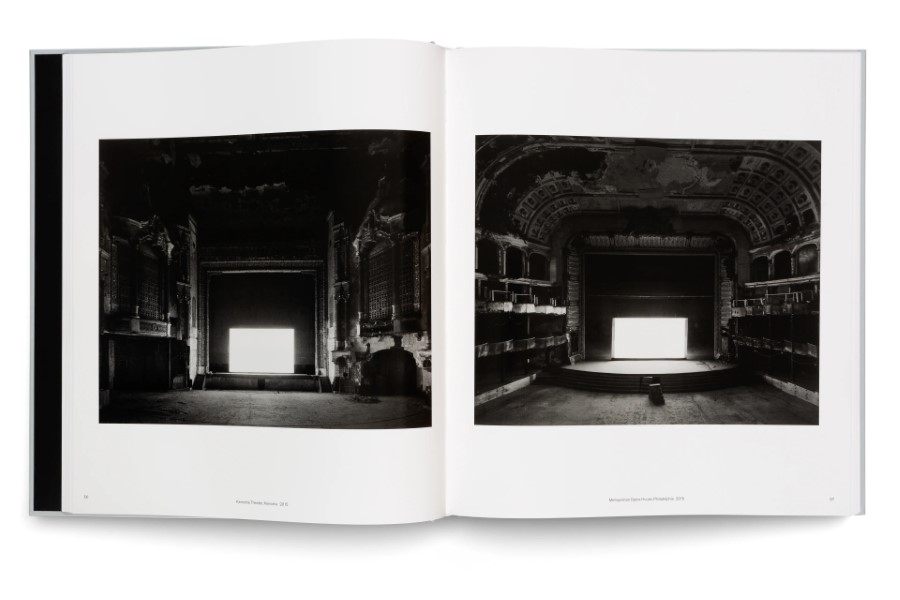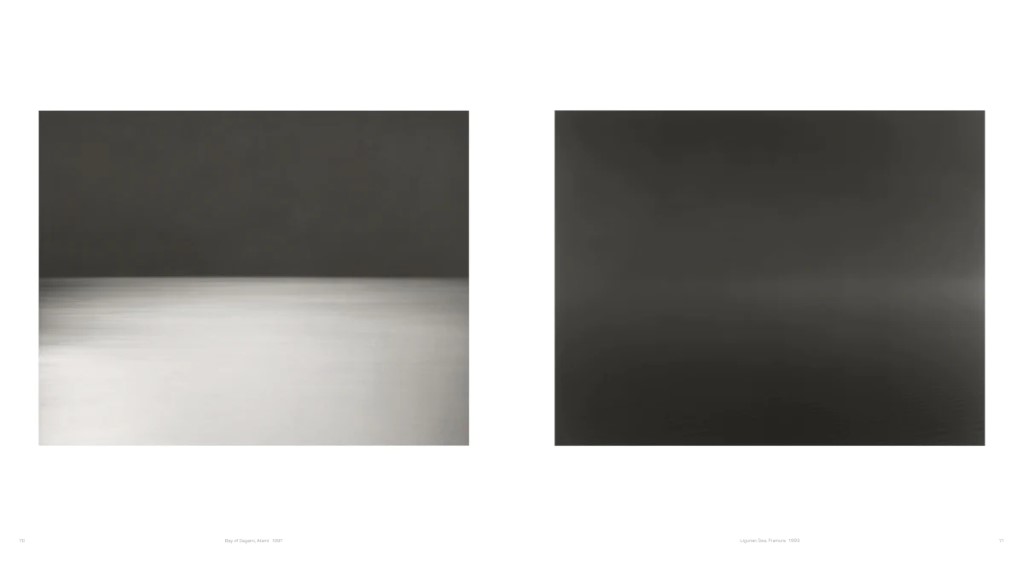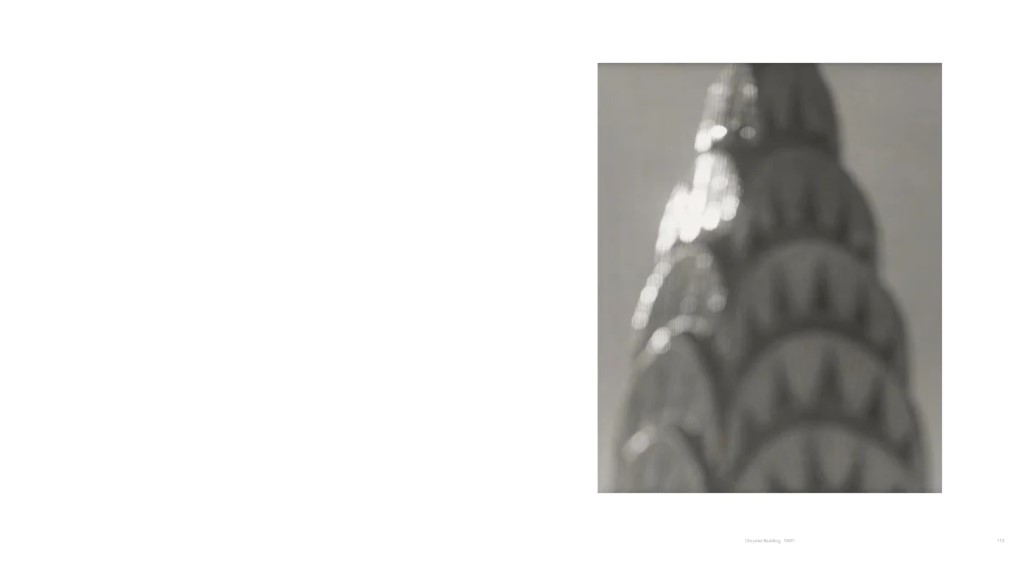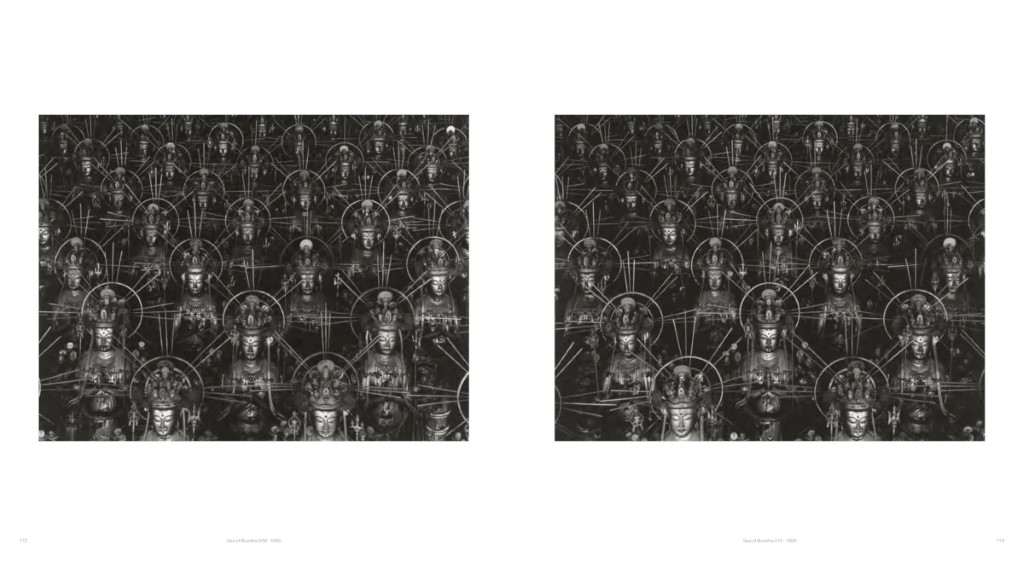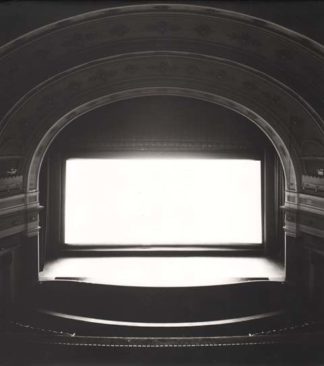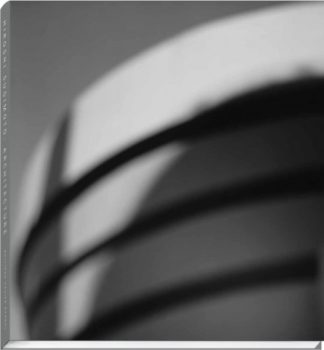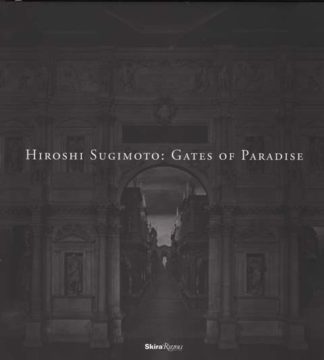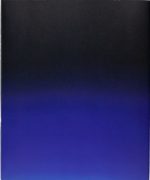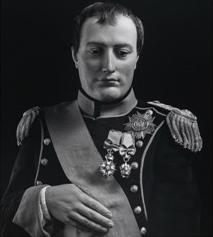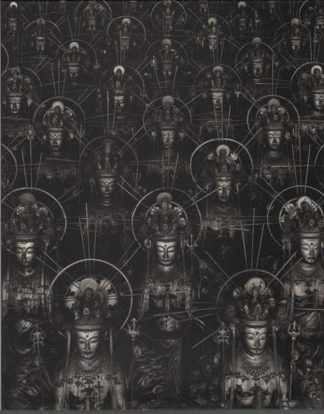Grâce à son exploration approfondie des possibilités des images fixes, l’artiste et photographe de renommée internationale Hiroshi Sugimoto a créé certaines des photographies les plus séduisantes et les plus énigmatiques de notre époque; des images méticuleusement conçues et profondément pensées, provocantes, familières mais irrésistiblement ambiguëes. Hiroshi Sugimoto : Time Machine est un aperçu complet du travail produit au cours des cinq dernières décennies, avec des sélections de toutes les grandes séries photographiques de Sugimoto, ainsi que des œuvres moins connues qui éclairent son approche innovante et conceptuelle de la réalisation d’images. Textes d’une collection d’écrivains, d’artistes et de chercheurs internationaux dont James Attlee, Geoffrey Batchen, Allie Biswas, David Chipperfield, Edmund de Waal, Mami Kataoka, Ralph Rugoff, Lara Strongman et Margaret Wertheim mettront en lumière sa recherche philosophique et ludique sur la nature de la représentation et de l’art, notre compréhension du temps et de la mémoire, et le caractère paradoxal de la photographie en tant que médium adapté à la fois à la documentation et à l’invention.
Les œuvres énigmatiques du photographe japonais HIROSHI SUGIMOTO (*1948, Tokyo) remettent fondamentalement en question la compréhension de la photographie. Il a étudié la sociologie et la politique à Tokyo, avant de déménager à Los Angeles au début des années 1970, où il a obtenu un baccalauréat du Art Center College of Design. En 1974, il s’installe à New York, où il crée sa première série, Dioramas. Ses principaux intérêts artistiques sont l’architecture, les formes abstraites et les phénomènes intangibles.
Through his expansive exploration of the possibilities of still images, the internationally renowned artist and photographer Hiroshi Sugimoto has created some of the most alluringly enigmatic photographs of our time; pictures that are meticulously crafted and deeply thought-provoking, familiar yet tantalisingly ambiguous. Hiroshi Sugimoto: Time Machine is a comprehensive survey of work produced over the past five decades, featuring selections from all of Sugimoto’s major photographic series, as well as lesser-known works that illuminate his innovative, conceptually-driven approach to making pictures. Texts by a collection of international writers, artists and scholars―including James Attlee, Geoffrey Batchen, Allie Biswas, David Chipperfield, Edmund de Waal, Mami Kataoka, Ralph Rugoff, Lara Strongman and Margaret Wertheim―will highlight his work’s philosophical yet playful inquiry into the nature of representation and art, our understanding of time and memory, and the paradoxical character of photography as a medium suited to both documenting and invention.
The enigmatic works of Japanese photographer HIROSHI SUGIMOTO (*1948, Tokyo) fundamentally questioned the understanding of photography. He studied sociology and politics in Tokyo, before moving to Los Angeles in the early 1970s, where he gained a BFA from the Art Center College of Design. In 1974 he settled in New York, where he created his first series, Dioramas. His main artistic interests include architecture, abstract forms and intangible phenomena.


